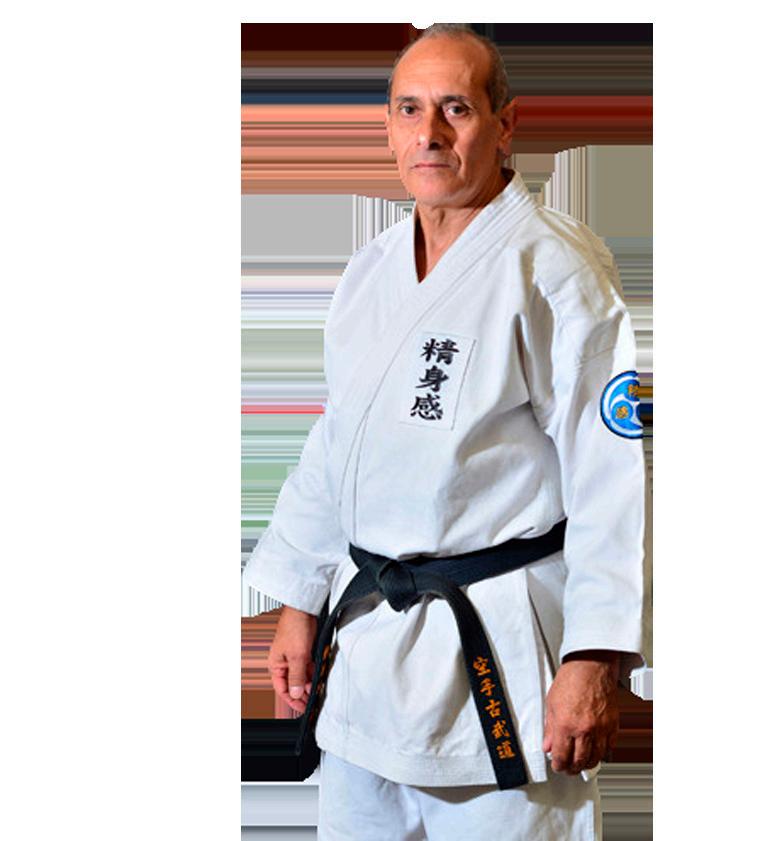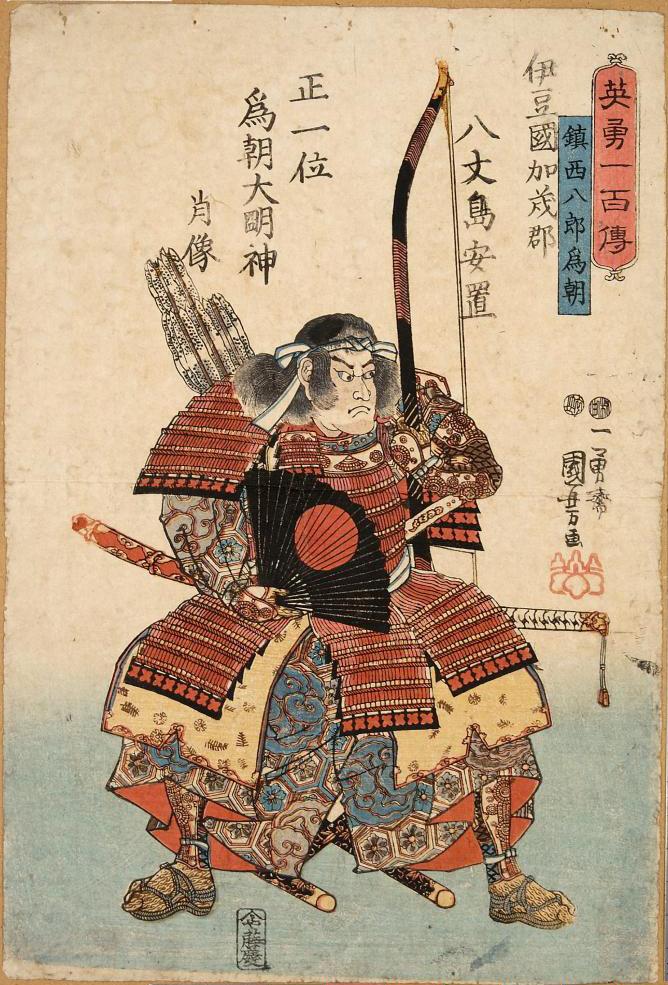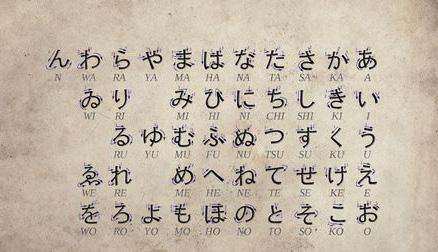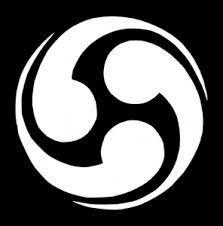
5 minute read
UCHINA - TE HANSHI Héctor E. Maroli
UCHINA - TE
HANSHI Héctor E. Maroli
Advertisement
UCHINA - TE
The maritime commercial relationship in the fifteenth century with China, Korea and Japan produced by the skill of the Unchinanchues sailors in handling navigation techniques high (similar to the Spanish and Portuguese) spread to the south of the Pacific Ocean, where they establish direct relationships with the fantastic and productive islands of Java, Sumatra, Borneo, Malaya and Luzon; with which, in addition to trading, they absorb their culture that they later transmitted in their native land, reforming to local taste and form. Overseas voyages had a major effect on Okinawan martial arts, nurturing them with a varied quantity and technical quality coming from almost all of Asia through navigators and merchants who boarded official ships trading with friendly kingdoms. NEW HYPHOTESIS The archaeological activity in Okinawa that emerged after the Second World War, found in the excavations lithic elements, bone remains and ceramics very intertwined with the cultures of the Ming and the Yamato; This discovery opens up new streams of research on the origin of Okinawan martial arts, giving the possibility of substantiate that the TOSHUKUKEN and the KO BU-JUTSU were nourished by the techniques from the warriors of the Minamoto clan.
MARITIME ROUTES AND COMMERCIAL RELATIONS commercial relations with Tang China, navigated since the 4th century AD the safest maritime route in search of the entrance of the blue river (Yangtze), bordering the Ryukyu Islands: Amami Oshima, Tokunoshina, Okierabu and Okinawa, this route allowed to always have land in sight; whereby some exiled Japanese Bushis (warriors) or adventurers embarked on ships with a supply stopover in Okinawa where they disembarked; being well received in the courts of the local dynasties fighting for the unification of the territory on the island, obtaining privileged positions. The existence of the Ryukyu is described in the "Han" Chinese annals that tell about the 100 kingdoms in the islands of the east or of the "Wa" describing their physical type, their customs and economy based on the breeding of the ox and the pig, these data are valuable since these traits still persist in the Ryukyu.

TAMETOMO THE GREAT ARCHER
Okinawan history and epic tales mythologies of Japan highlight a Bushi named Minamoto no Tametomo (1139 -1170) son of Tameyoshi and brother of Yukiie and Yoshitomo, a warrior who fought in the Hōgen rebellion of 1156 to defend the Shirakawa-den (fortress) together with his father against the allied forces of Taira no Kiyomori and his traitorous brother Yoshitomo who, upon gaining victory, gave the order to kill his father and burn down the fortress. Faced with defeat on the battlefield and the failure of the Hōgen rebellion, Tametomo was banished to Izu on the island of Amami Oshima. In 1170, the conflict between the Minamoto and the Taira continued. The story of the epic chronicles Tametomo is known as the mighty archer who he sank a warship of the enemy Taira squadron with an arrow shot under his waterline, such action caused the persecution of him being surrounded in a cave by the warriors of the dominant clan, for not being willing to surrender he performed Seppuku (disembowelment) being him the first warrior to execute his own death for his honor. The Minamoto clan was of relevant importance in the history of the shogunate, its troops were identified by the Hachiman symbol on their banners, this symbol was adopted by an ancestor of Tametomo named Yoshi-ye (Raiko), who celebrated the ceremony that indicated coming of age (14 years) before the “Hachiman” shrine god-hero of war and son of Empress Jingo, who is revered as patron of the armies of the Minamoto clan; a posteriori this symbol was adopted as official emblem of the Okinawan kings for considering themselves descendants of the son of Minamoto no Tametomo, Shunten the first king of


THE IDEOLOGICAL CONNECTION WITH THE YAMATO
The history of Okinawa relates that Tametomo Minamoto escaped from exile on the island of Amami Oshima, from where he went to sea with his men during a typhoon that dragged them for several days, the current and destiny left them on the coast. from Nakijin north of Okinawa, for such an episode the port was called Unten ko (port of heavenly destiny), Tametomo once restored from the journey moved to the central part of Okinawa, and after a time of peace and consolidation he married the daughter of Aji Ozato, with whom he had a son named Shunten. Because of the rebellions organized by his nephews to overthrow the Taira clan decided to return to Japan and fight in said military campaign, leaving his wife and son who waited for him for long time in the area called Machinato (Makiminato) "waiting port" to which I never return, Shunten his son at the age of majority became the first king of Chuzan. According to the hypothesis of the Japanese mythology historian Anesaki Masaru, the story was included in the Chuzan Seikan (chuzan chronicles) by Shō Shōken probably to substantiate from the mythological the ideological connection between the Ryūkyū and the Japan. Although there are other valuable data that demonstrate the relationship of the kingdom of Okinawa with the warrior clans of the Yamato, such as the Hiragana script developed by a shimazu court lady introduced to the court of Shuri in 1187, the same year as King Shunten's accession. With this writing, the Omoro Saushi was made, a collection of 22 volumes of chants reproducing the phonetics of the Uchinaguchi language (Okinawa language) concluded in 1632, in which the villager, revolutionary and imperial sentiments of Okinawa are expressed.
The Hachiman Symbol and official emblem of the kings of Okinawa, which is still exhibited in popular celebrations such as the rope fight (ayajou-uugina), as detailed by the Hanshi Nagamine Shoshin in his stories about the masters of Okinawa; In the times of Makabe Choken, this festival was held in Shuri representing one side with clothing and banners to "Ushiwakamaru" (child nickname of Minamoto Yoshitsune) nephew of Tametomo, and the other side to Benkei, warrior monk and Yoshitsune's subordinate. The emblem was located at the top of each banner, one blue and the other white. Hiragana Script
Hachiman Symbol














